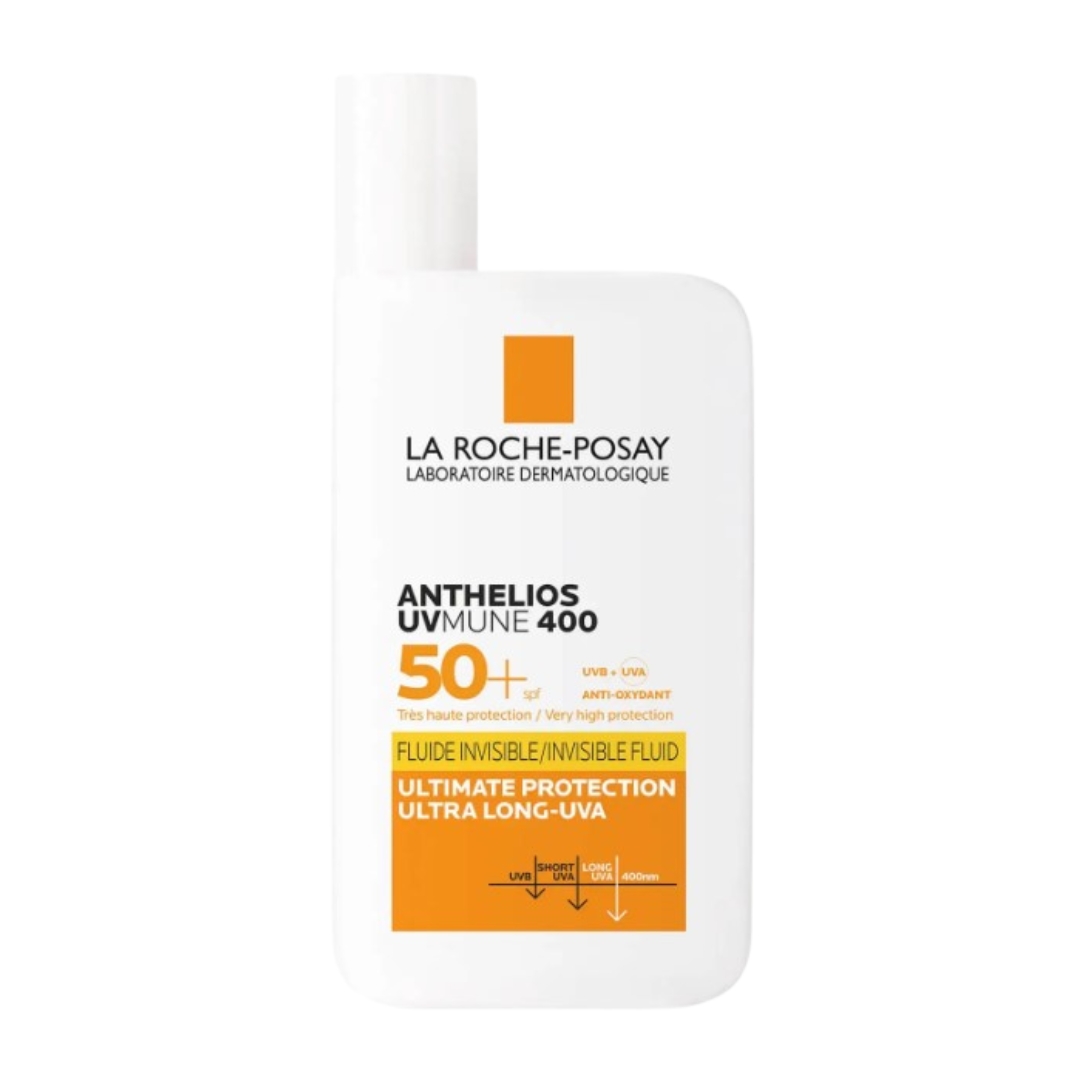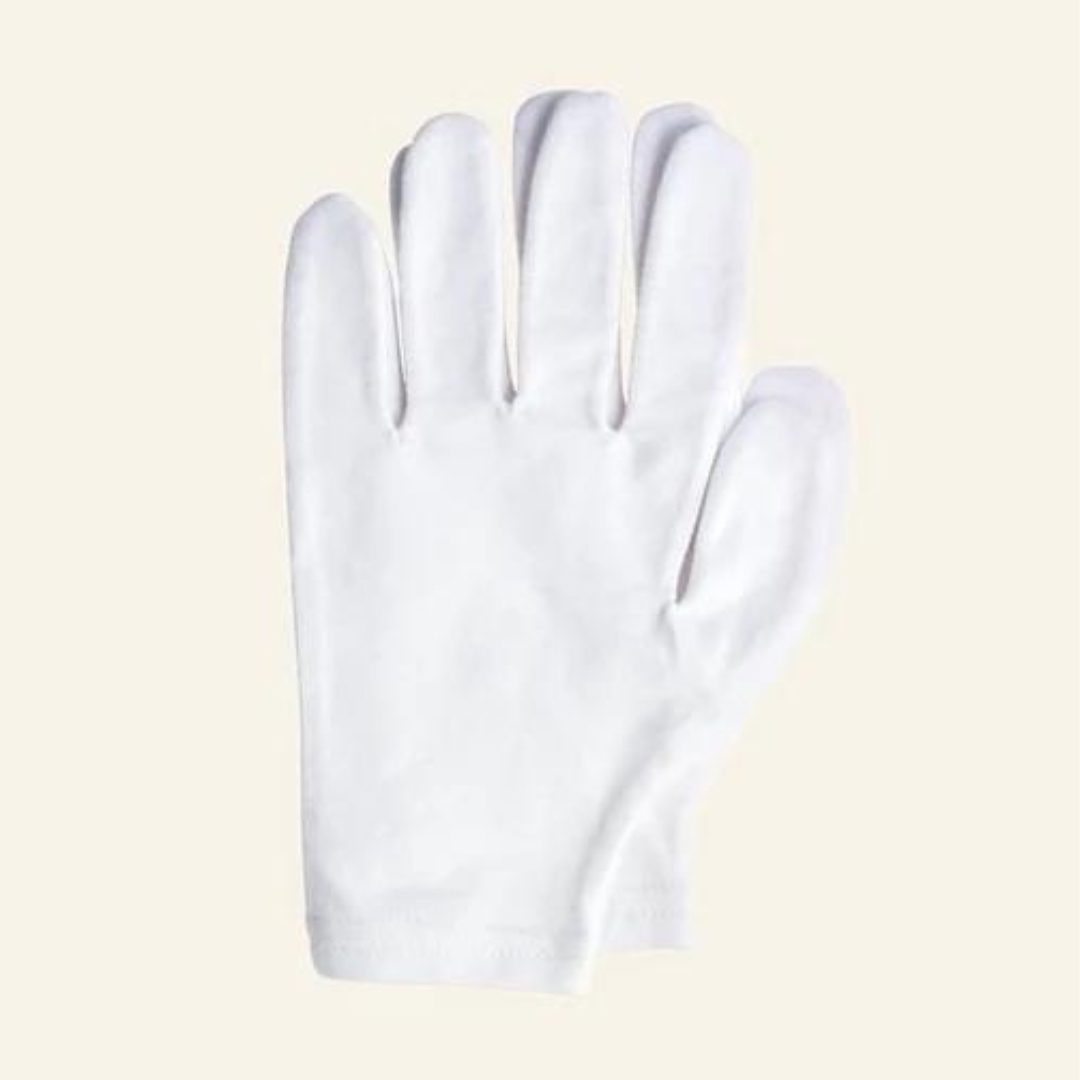6 easy steps to tackling dry knuckles - whether you have a new problem or an existing concern
These easy tips and fixes can help dry knuckles all season through


This time of year can bring about unhappy skin, not just on our faces but on the rest of our bodies, too. And when those telltale dry knuckles make an appearance, you know it's time to elevate your hand care game.
When it comes to the colder months of the year, sometimes even your best hand creams can't fix those dreaded dry knuckles - a true winter skin staple. But, weather aside, there could be a few different things causing dry skin here.
“Dry skin on the hands and knuckles is quite common and can be caused by lots of different factors,” says Dr, Sonia Khorana, GP and cosmetic doctor with a special interest in dermatology. She also notes that these can be caused by external factors, such as frequent hand washing and the environment, or coming into certain materials in the workplace. But there may also be internal factors causing your dry hands and knuckles; the skin becomes drier as we get older as well as losing elasticity, for example.
Dr Khorana also says that “eczema, psoriasis, fungal infections, allergies, stress and some immune medical conditions” can result in dry hands. “If you do suffer with eczema or psoriasis, [or other] medical conditions leading to dry hands, you need to see your GP to ensure you have prescription creams to help," she adds. However, there are a few changes you can make to help improve the condition of dry knuckles and hands.
How to prevent and treat dry knuckles and hands
1. Limit exposure to water
Exposing your skin to water and washing your hands with soap can be quite stripping and cause it to lose moisture. “Try and limit exposure to water, especially hot water, and detergents,” advises Dr. Khorana.
This might be more difficult if you are in a job that requires you to wash your hands frequently, so if that’s you, focus on really moisturising them before bed and any time you aren’t at work.
2. Wear gloves when washing up or cleaning
Similar to the above, washing up can be drying for your hands. “Try and wear rubber gloves to avoid immersing your hands in hot, soapy water and protect your skin from harsh cleaning products,” says Dr. Khorana.
Sign up to our free daily email for the latest royal and entertainment news, interesting opinion, expert advice on styling and beauty trends, and no-nonsense guides to the health and wellness questions you want answered.
As well as limiting your hands to exposure to hot water, this way your hands also won’t come into contact with washing up liquid, cleaning products, et cetera.
3. Apply moisturiser after washing your hands
“As soon as you dry your hands, make sure you apply moisturiser – applying it to damp skin will help to lock in moisture,” says Dr. Khorana. Get into the habit of applying a reparative hand cream after every time you wash your hands.
When you’re out and about, carrying a good hand cream in your handbag will go some way to reminding you to do so. Again, if you have to frequently wash your hands at work this step may be difficult, so try to make an extra effort to apply it when you aren't at work if this applies to you.
We recommend...
4. Wear sunscreen on your hands
Just like the skin on your face, your hands are also exposed to the same UV rays most of the time, so experts (including Dr. Khorana) advise taking that same approach and protecting your hands.
If you’ll be exposed to any daylight, use a minimum of an SPF of 30 and reapply every two hours to keep your skin protected.
We recommend...
5. Apply a thicker cream at night
Our skin does some hard work overnight and does quite a bit of its repairing while we’re (usually) asleep, so it’s a good idea to support dry hands by layering on a thicker cream before bed.
Dr. Khorana has another tip if you want to really seal in your moisturiser: “Try to apply a thick emollient at night and wear some cotton gloves on top,” she suggests.
We recommend...
6. Use a richer balm on extremely dry patches
Those on our team with very dry skin have found that, as well as using hand cream, focusing on applying a richer multipurpose balm to any particularly rough areas too, for extra moisturisation and to act as a barrier has been super useful.
Anything with lanolin is very effective (though of course not animal-free).
We recommend...
Lucy is a UK-based beauty journalist who has written for titles including Marie Claire, Glamour and OK!, as well as contributing to woman&home. Her work covers everything from expert skin and haircare advice to beauty trends and reviews of the latest products. During her career she regularly speaks to the industry's leading hairdressers, dermatologists and make-up artists, has covered backstage at London Fashion Week and interviewed many a celeb about their beauty routine.




